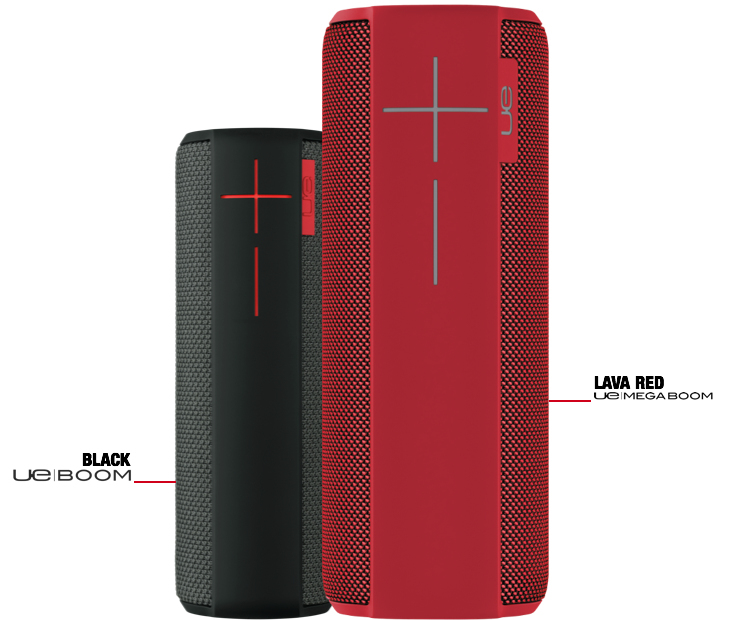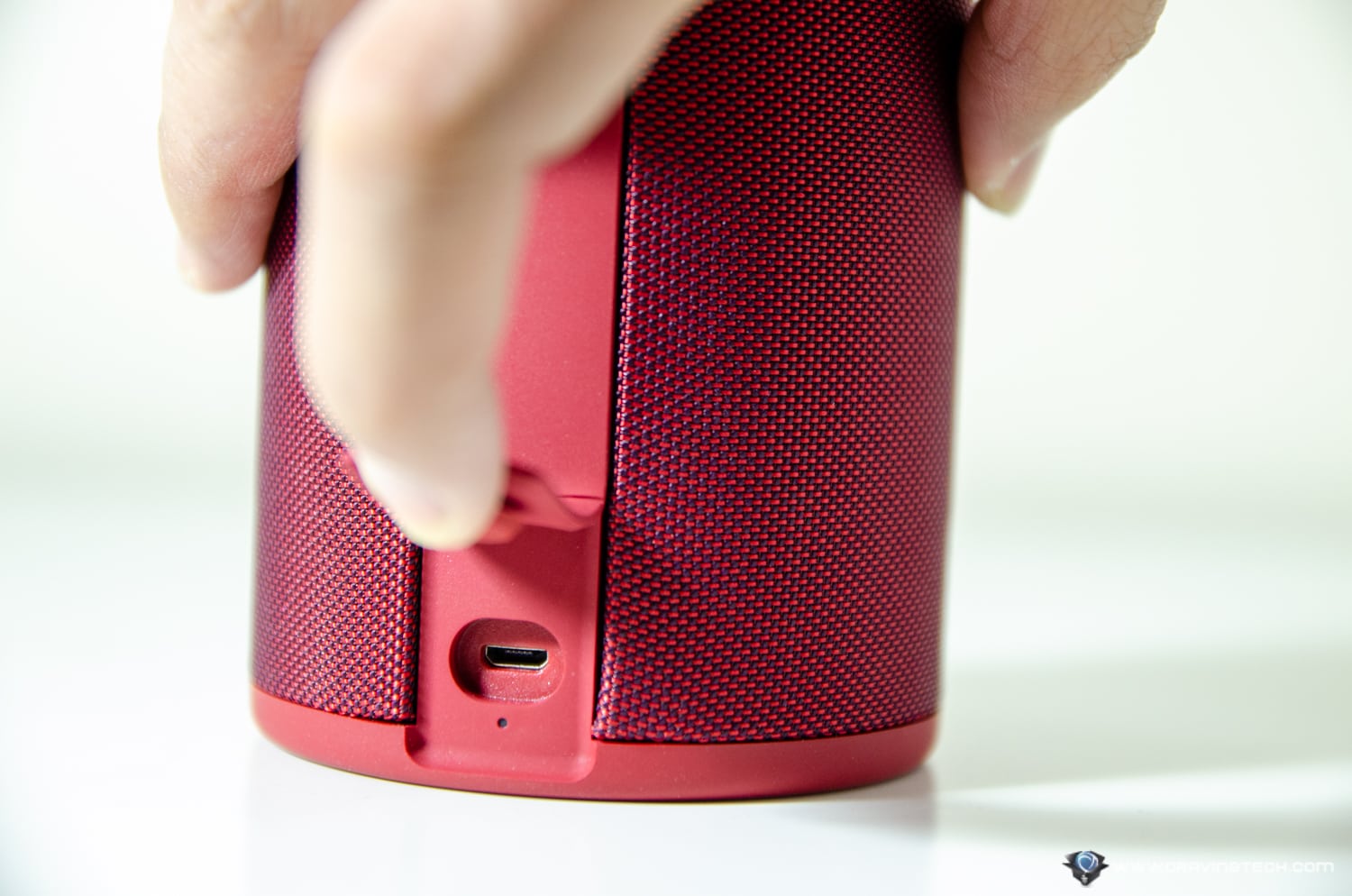

But they also featured an increasing number of practitioners who self-consciously identified as “sound artists” and explored the unique formal affordances of acoustic and psychoacoustic matters-sound and hearing-without so explicit or necessary a debt to the fuller sensorium.Īmong the changes that occasioned such a shift was that these artists were working in tandem with a growing body of theory, which, buoyed by a wider academic interest in sound and the growth of “sound studies,” was actively constructing a medium-specific vocabulary capable of meaningfully distinguishing sound art from music and the visual arts. Shows like “Sonic Boom: The Art of Sound” at the Hayward Gallery in London (in 2000), “Sound Art: Sound as a Medium of Art” at ZKM Center for Art and Media Karlsruhe (2012–2013), and “Soundings: A Contemporary Score” at the Museum of Modern Art (2013) continued to survey cross-disciplinary intersections and mixed-media practices. Two decades later, around the new millennium, sound again swept into major museum institutions, but this time the conditions were a bit different. Courtesy François Ghebaly Gallery, Los Angeles
/cdn.vox-cdn.com/uploads/chorus_image/image/63153738/myBOOM_3_32.0.jpg)
While the curators of these shows and responding critics began mentioning the existence of a “sound art” (or “audio art”), these exhibitions were primarily interested in historical crossings of music and the arts, and work that offered itself to hearing and sight-as the Akademie der Künst put it, “eyes and ears.” Sound had been invited into the museum, but largely on the coattails of the visual.Ĭhristine Sun Kim: The Sound of Temperature Rising, 2019, acrylic on wall. Shows like “Für Augen und Ohren” (“For Eyes and Ears”) at the Akademie der Künst in Berlin in 1980 “Soundings” at the Neuberger Museum of Art in Purchase, N.Y., in 1981 and “Sound/Art” at the Sculpture Center in New York in 1983 welcomed nominally “visual” artists who dabbled in sound alongside musicians who flirted with multimedia.
#MEGA BOOM SPEAKER SERIES#
And around 1980, as if operating in unison, a number of major institutions in the United States and abroad ventured to present work of this kind in a series of ambitious and innovative exhibitions. Such difficult-to-classify work provocatively straddled the boundary between music and the expanded arts.

After the ’60s, when he enjoyed a successful career as an experimental percussionist, Max Neuhaus took to producing site-specific sound works that he, in a debatable historical first, dubbed “sound installations.”

In works designed to transplant the noise and ambience of the outdoors, Maryanne Amacher and Bill Fontana used loudspeakers to pipe the sounds of wharves, harbors, and rent-a-car locations into the hushed spaces of art galleries. By that point in time, decades of generative cross-pollination between artists and experimental musicians, increased permeability between concert venues and art spaces, and-in the hybrid spirit of the ’70s-enthusiastic plunges into disciplinary mixing had yielded complexly hyphenated sonic practices that challenged the vocabularies of critics, curators, and practitioners themselves.Īt interdisciplinary venues like the Kitchen in New York, Laurie Anderson staged playful and subversive “duets” in which she sawed along live on a violin while recorded violin music issued from a speaker lodged in her mouth. WHILE SOUND ART ERUPTED into critical consciousness near the turn of the new millennium, the categorically fraught genre experienced an earlier institutional uptake around 1980. These artists share a commitment to an expanded multimodal conception of sound and an urgent engagement with the logics of power and prejudice. This kind of work-by the likes of Christine Sun Kim, Kevin Beasley, and Nikita Gale-has emphasized sound’s life beyond the strictly aural by framing it as a phenomenon that bleeds across perceptual registers, signifying on different levels of sensation while challenging us to look, feel, and think as much as listen. Some of the most vital sound art of recent years has positioned sound as a promiscuous and complexly multimodal phenomenon.


 0 kommentar(er)
0 kommentar(er)
